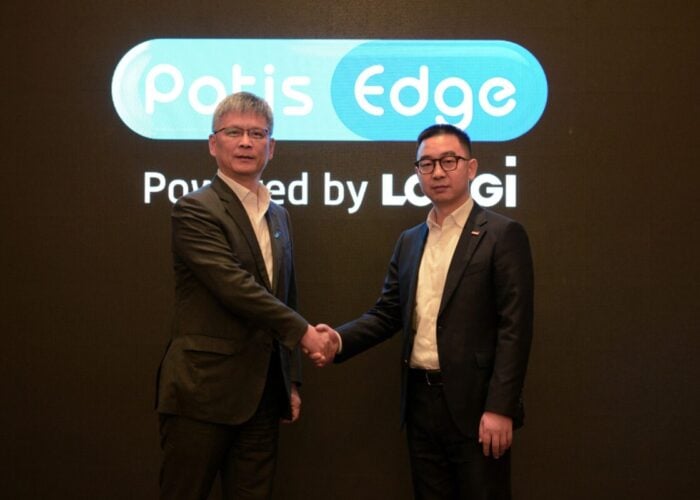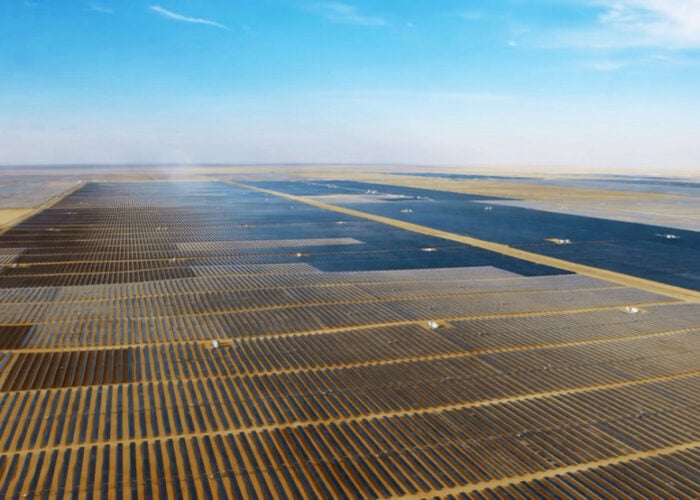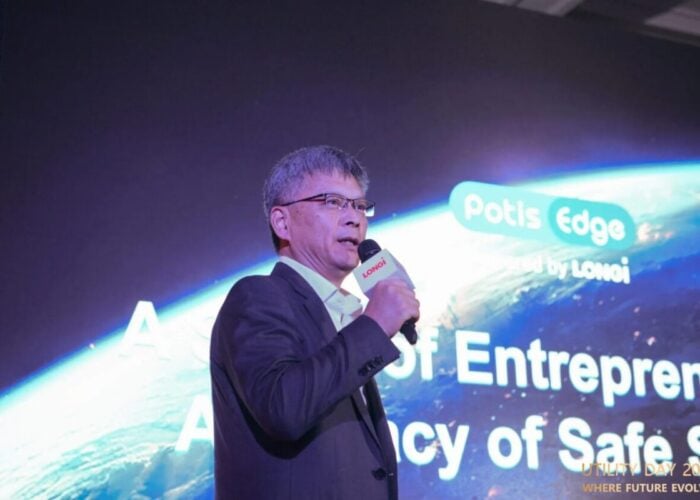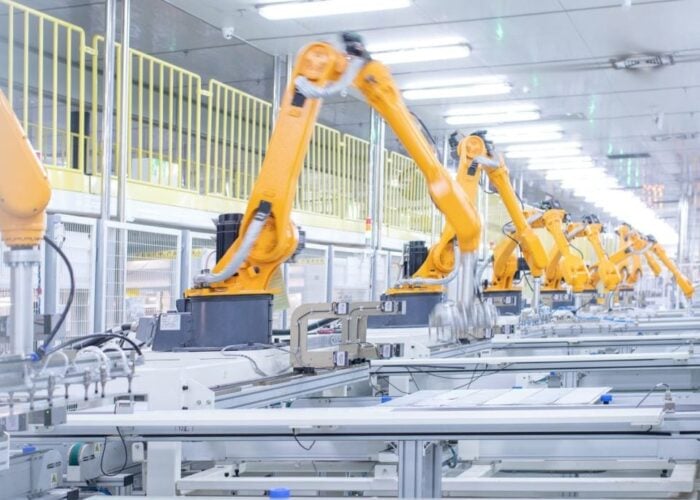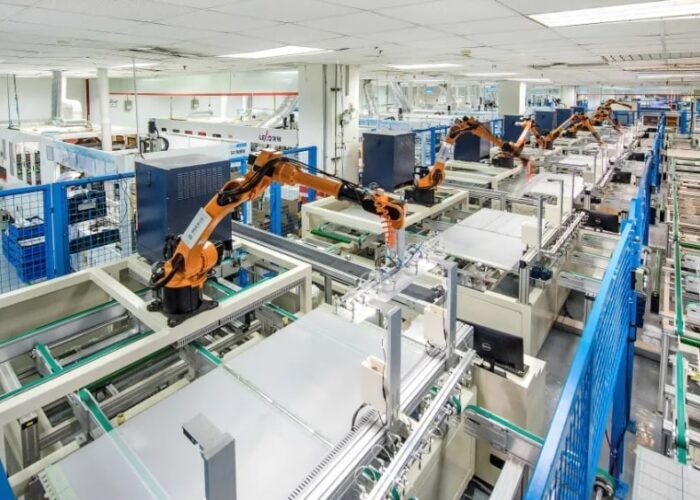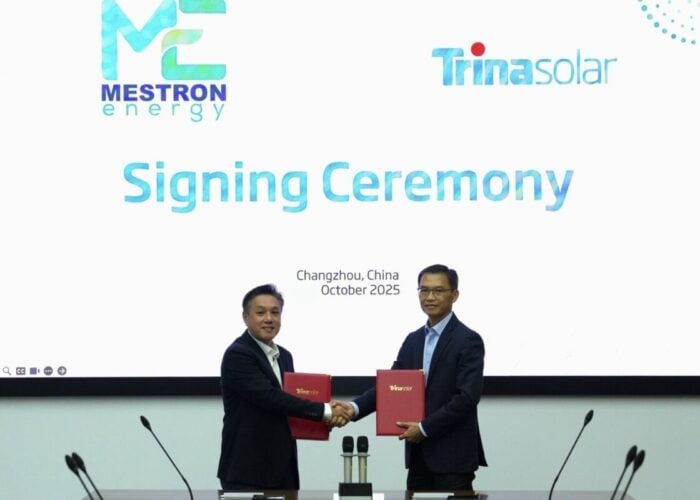
There can be no questioning the pace of technological evolution in solar PV, but recent advancements have caught even the most optimistic of industry stakeholders by surprise. Not long ago, solar modules with outputs of up to 450W hit the shelves and left project developers drooling at the prospect of squeezing more power into each hectare of a prospective utility-scale project. And yet, the industry has barely had time to blink and modules with peak outputs in excess of 550W are here, with outputs climbing higher even still.
A new dawn of high-power, ultra-efficient panels has broken. R&D from module manufacturers has produced various series of bigger, better panels, featuring larger, more efficient cells and refined approaches to panel-level technologies. The premise is clear: high output per panels means lower levelised cost of electricity (LCOE), which means more economic solar for all. In a time of contracting subsidies and merchant business models, this stands to be a potentially game-changing development for the entire power sector.
Try Premium for just $1
- Full premium access for the first month at only $1
- Converts to an annual rate after 30 days unless cancelled
- Cancel anytime during the trial period
Premium Benefits
- Expert industry analysis and interviews
- Digital access to PV Tech Power journal
- Exclusive event discounts
Or get the full Premium subscription right away
Or continue reading this article for free
But it’s not quite that simple. Bigger does not always equal better, and the introduction of such panels is not as seamless as it may seem. The entire solar supply chain now needs to match the frenetic pace set by module manufacturers.
Technology driving change
This year’s SNEC exhibition in China, rearranged as a result of the COVID-19 pandemic, was perhaps the best example of the industry’s rapid advancement. The show floor was littered with modules boasting outputs in excess of 550W, indicating they could quickly become the industry standard. JA Solar even exhibited a module with an output of 810W, alongside Tongwei which had a 780W module on show, even if it is anticipated that it will be a while yet before these particular products hit the shelves.
Exhibitors at the show were quick to describe the next generation of panels on display as falling under ‘Solar 5.0’, a new era of modules each with an output of 500W and beyond. Journalists from this publication counted 500W+ modules from no fewer than 22 separate manufacturers on the show floor, and analysis of those on display reveals some key technological trends playing a critical role in this evolution.
Most panels on display at SNEC featured mono passivated emitter rear cell (PERC) architecture, while half and triple-cut cells were also prominent. Panels of this kind also boasted multibusbar technologies, the highest-output panels including anything from nine to 12 busbars.
But the overwhelming point of discussion when it comes to the technologies behind the new era of panels is wafer size. At the start of 2020 there was much discussion around the emergence of new, larger sizes of wafers and the role they would play in more powerful panels. While this debate almost petered out, with some manufacturers reflecting on it afterwards as a “distraction”, it has become clear that wafer size, and more specifically the emergence of two very distinct camps, looks set to decide the course of the solar industry for the immediate future.
“The natural progression for modules should consider reducing the BOS cost and LCOE instead of bigger module size”
Aside from a select few modules still using the existing industry standard-size 158-166mm wafers, most modules belonging to the new class use either the 182mm (M10) or 210mm (M12) wafer size. Most of the upstream solar manufacturing industry has fallen into either of these two class sizes, with the likes of JinkoSolar, LONGi, Canadian Solar and others electing to use M10 wafers, while Trina Solar, JA Solar and a raft of other manufacturers very much walking down the M12 path.
This is an extract of an article first published in Volume 24 of PV Tech Power. The full article can be read here, or in the full digital copy of PV Tech Power 24, which can be downloaded via the PV Tech Store here

